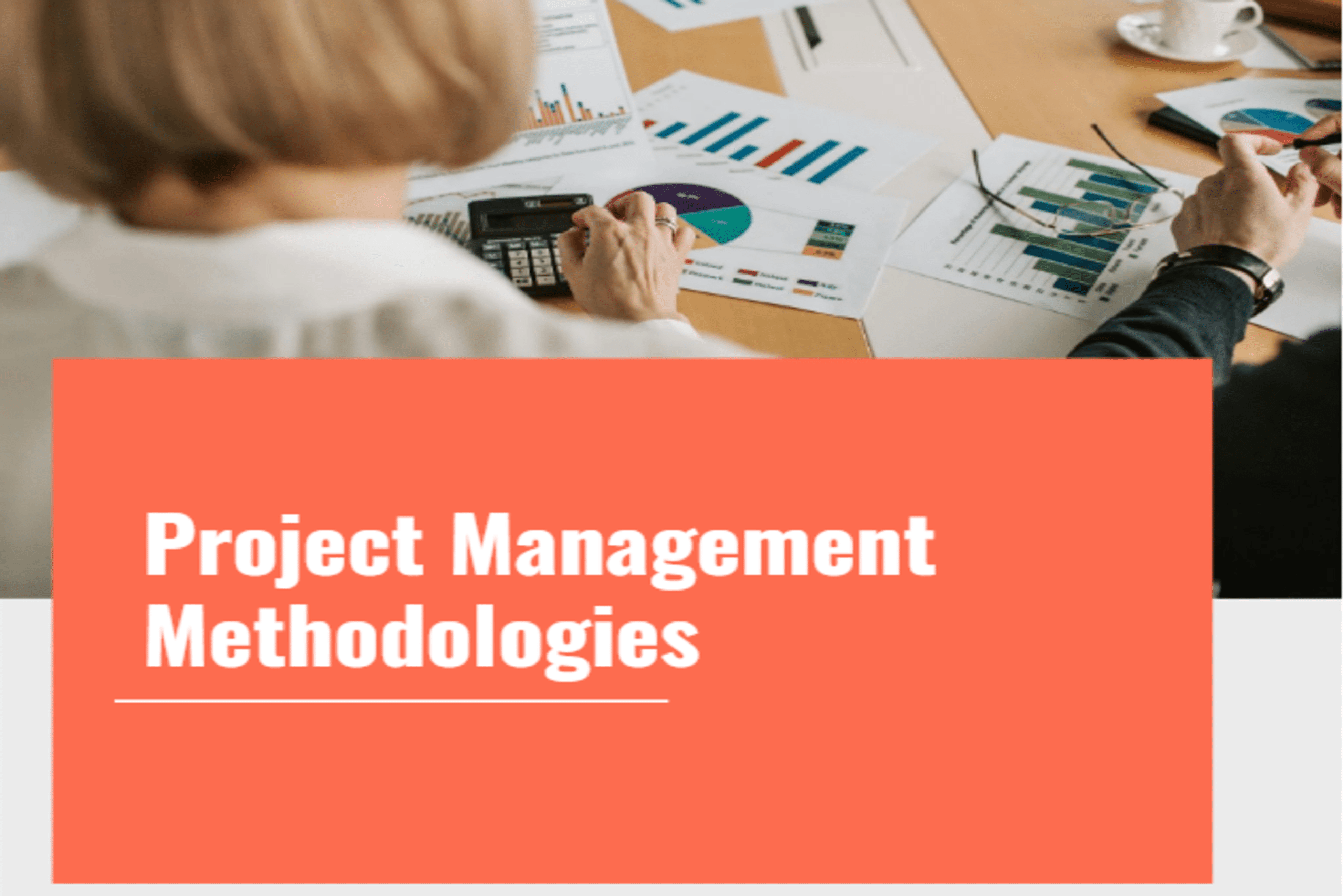In the dynamic landscape of project management, the selection of the right methodology can significantly impact the success of a project. With a plethora of methodologies available, ranging from traditional to Agile approaches, understanding their nuances is crucial for effective project execution. Let’s delve into some of the most prominent project management methodologies and explore their key features, benefits, and applications.
Waterfall Methodology: The Waterfall methodology is perhaps one of the oldest and most traditional project management approaches. It follows a linear and sequential process, where each phase of the project must be completed before moving on to the next. These phases typically include initiation, planning, execution, monitoring, and closure. While Waterfall offers a structured approach and clear deliverables, it lacks flexibility and may struggle to accommodate changes mid-project.
Agile Methodology: In contrast to Waterfall, Agile is an iterative and incremental approach to project management. It emphasizes collaboration, adaptability, and customer feedback throughout the project lifecycle. Agile projects are divided into small, manageable iterations or sprints, allowing for continuous improvement and adaptation to changing requirements. This methodology is well-suited for complex and dynamic projects where requirements may evolve over time.
Scrum Framework: Scrum is a subset of Agile methodology and is widely used for software development projects. It revolves around short iterations called sprints, typically lasting two to four weeks, during which cross-functional teams work collaboratively to deliver potentially shippable increments of product functionality. Scrum relies heavily on transparency, inspection, and adaptation, with regular meetings such as daily stand-ups, sprint planning, sprint reviews, and retrospectives to facilitate communication and alignment.
Kanban Methodology: Kanban is another Agile framework that focuses on visualizing work, limiting work in progress (WIP), and optimizing flow. Projects are represented as a Kanban board consisting of columns that represent different stages of the workflow, such as backlog, in progress, and done. Team members pull work items from one column to the next as capacity allows, ensuring a steady and efficient flow of work. Kanban is particularly effective for teams seeking to improve their process efficiency and manage workload effectively.
Lean Project Management: Lean principles, derived from the Toyota Production System, emphasize maximizing value while minimizing waste. Lean project management aims to deliver customer value with fewer resources, reduced lead times, and improved quality. It emphasizes continuous improvement, respect for people, and the elimination of non-value-added activities. Lean techniques such as value stream mapping, 5S, and root cause analysis can help identify and eliminate inefficiencies in project workflows.
Hybrid Methodologies: In today’s dynamic business environment, many organizations adopt hybrid approaches that combine elements of different methodologies to suit their specific needs. For example, a project may follow a hybrid Agile-Waterfall approach, where certain phases are executed using Waterfall principles, while others are managed using Agile practices. Hybrid methodologies offer the flexibility to tailor project management processes to unique project requirements and organizational constraints.
In conclusion, selecting the right project management methodology is essential for delivering successful projects. Each methodology has its strengths and weaknesses, and the choice depends on factors such as project complexity, organizational culture, stakeholder preferences, and industry norms. By understanding the key features and applications of different methodologies, project managers can make informed decisions and effectively navigate the complexities of project management.

